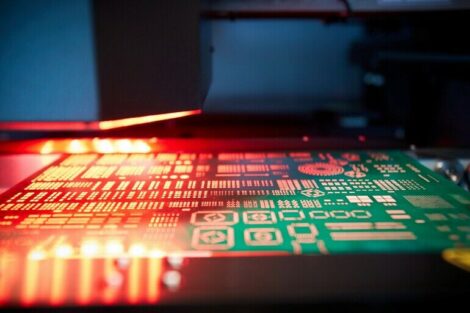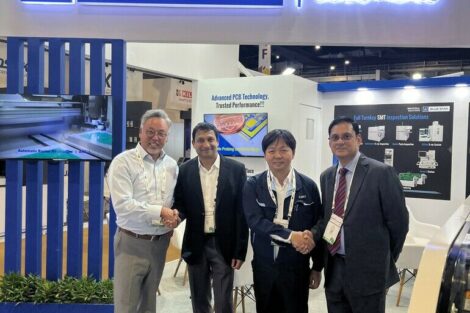Wire bonding is one of the most demanding connection techniques in the electronics industry. It includes thick-wire bonding with diameters larger than 500 µm as well as thin-wire bonds, down to less than 25 µm. Given the drive toward more miniaturization among manufacturers of electronics components, these wire diameters will even become smaller. In the automotive industry, wire thicknesses under 20 µm will no longer be a rarity. These developments present sizable challenges to inspection technology. Electrical tests of complex circuits are more and more difficult to perform; destructive inspection processes like pull and shear tests can only be performed in the most limited random samples. With the VHR sensor module from Viscom bond wires with a diameter less than 20 µm can also be given a 100 % examination. The company has extended its camera module portfolio with a universal high-resolution sensor module. It is conceived to be compatible with each of the firm’s machine concept for the inspection of microstructures. With its top quality optics, the module is equipped for application-specific resolution of 2 to 5 µm per pixel.
The VHR sensor technology accomplishes the reliable inspection of bond wires with extremely small diameters. This development is a consequence of the familiar company tradition, of integrating illumination control and high-quality optics. The VHR sensor module is able to record images of the inspection object with different illumination settings and various diffusions and to find defects with the company’s image processing systems, reliably. In the process, the inspection scope includes the course of the wire, distance between adjacent wires, as well as the positions and geometries of balls and wedges. Thus, the VHR module extends the application area of the typical wire bond inspection systems S6053BO-II and S6056BO.
EPP Europe 445
Share:











